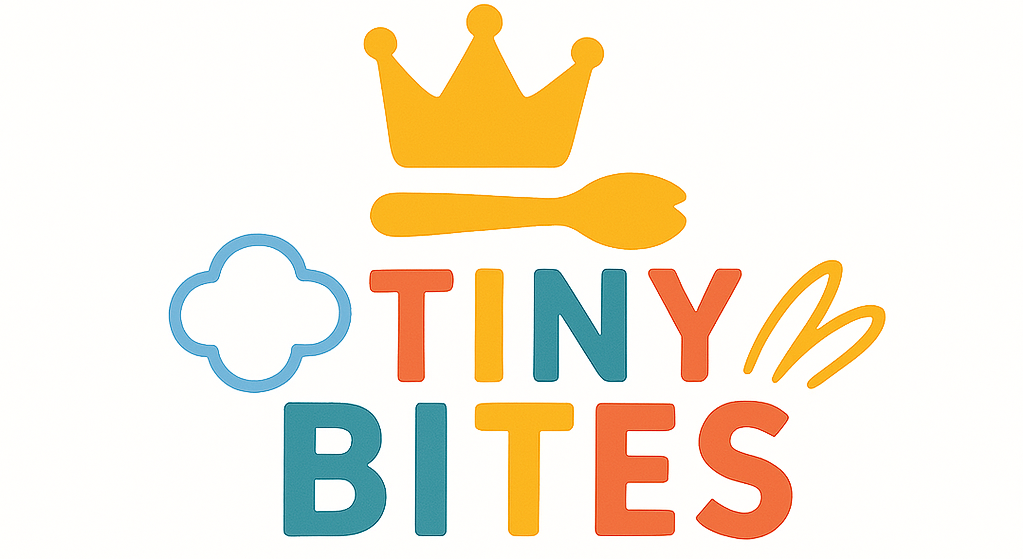Introducing Solid Foods: A Guide for Parents of 6-Month-Olds
Introducing solid foods to your baby is a major milestone in their development. Around six months of age, babies are typically ready to start eating solid foods in addition to breast milk or formula. This transition can feel overwhelming for new parents, but it’s an exciting step in your baby’s growth. In this guide, we’ll walk you through the essentials of introducing solids safely and confidently, including when to start, what foods to offer, and how to make the process enjoyable for both you and your baby.
When to Start Solid Foods
Most babies are ready to begin solids between 4 and 6 months of age, but it’s important to look for developmental signs that indicate readiness. These may include being able to sit up with minimal support, showing interest in food (such as watching you eat), and having good head control. At this stage, your baby will still be getting most of their nutrition from breast milk or formula, but solids will help provide essential nutrients and textures. Always consult your pediatrician before starting solids to ensure your baby is developmentally ready.
First Foods to Try
When introducing solid foods, start with simple, single-ingredient purees that are easy on your baby’s digestive system. Common first foods include rice cereal, pureed fruits like apples or pears, and vegetables such as sweet potatoes and carrots. These foods are rich in nutrients and are unlikely to cause allergies. Make sure to introduce one food at a time and wait about three to five days before introducing another new food. This will help you identify any potential food allergies.
How to Introduce Solids Safely
Start by offering small amounts of pureed food, using a soft spoon designed for babies. Begin with a thin consistency, gradually thickening the food as your baby becomes accustomed to eating. Keep mealtimes calm and positive—offer the food in a relaxed setting and avoid pressuring your baby to eat. It’s important to watch for signs of hunger and fullness. Let your baby explore their food, as this helps develop their motor skills and interest in eating. Avoid adding salt or sugar to your baby’s food.
Making the Transition Enjoyable
The transition to solid foods should be a fun and interactive experience. Encourage your baby to explore the textures and flavors, even if they make a mess! Mealtimes are also a wonderful opportunity for bonding, so enjoy the process together. Be patient as your baby learns how to chew and swallow, and remember that some babies take time to get used to solids. It’s perfectly normal if your baby rejects certain foods or doesn’t immediately take to solids. Keep trying different options, and celebrate every small victory in the process.
By following these steps, introducing solid foods to your baby will become a smooth and enjoyable experience. Remember that every baby is different, and there’s no one-size-fits-all approach. With love, patience, and consistency, you’ll be helping your little one build a strong foundation for healthy eating habits. Always consult your pediatrician if you have any concerns along the way.

